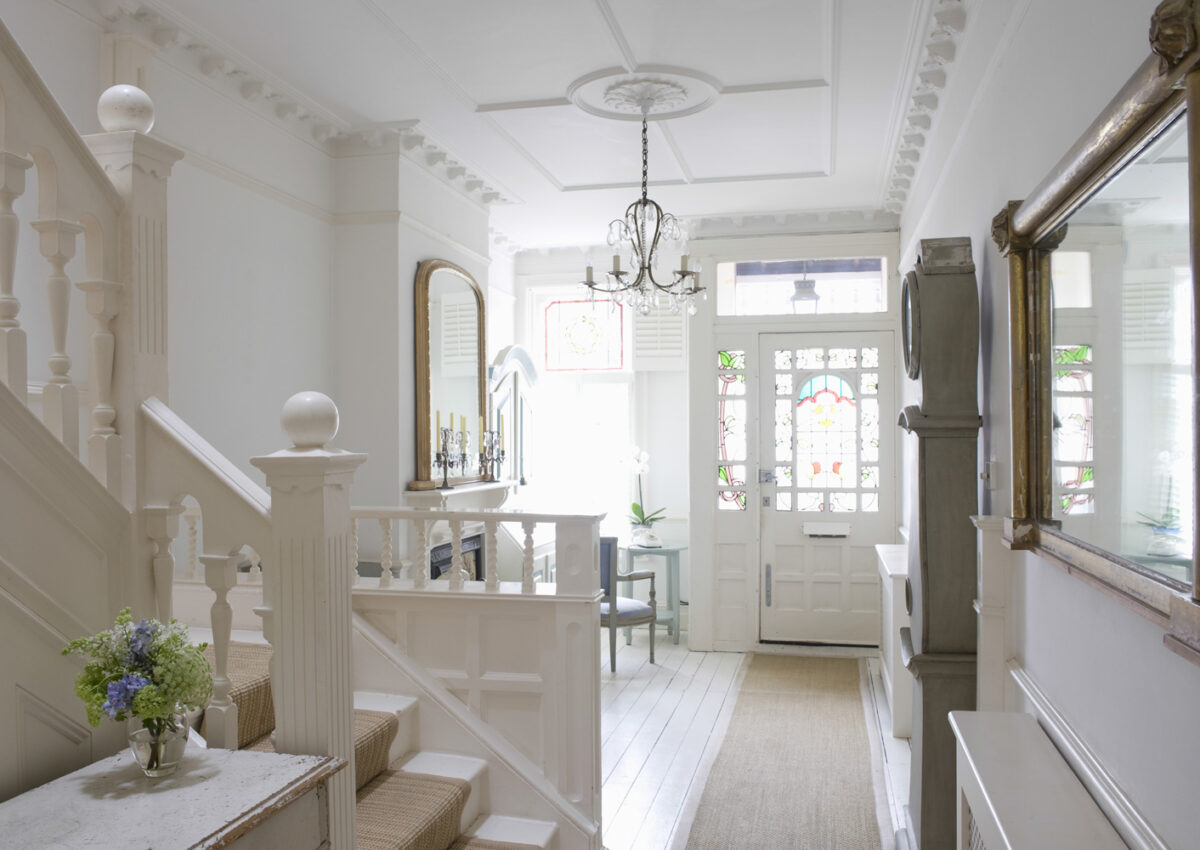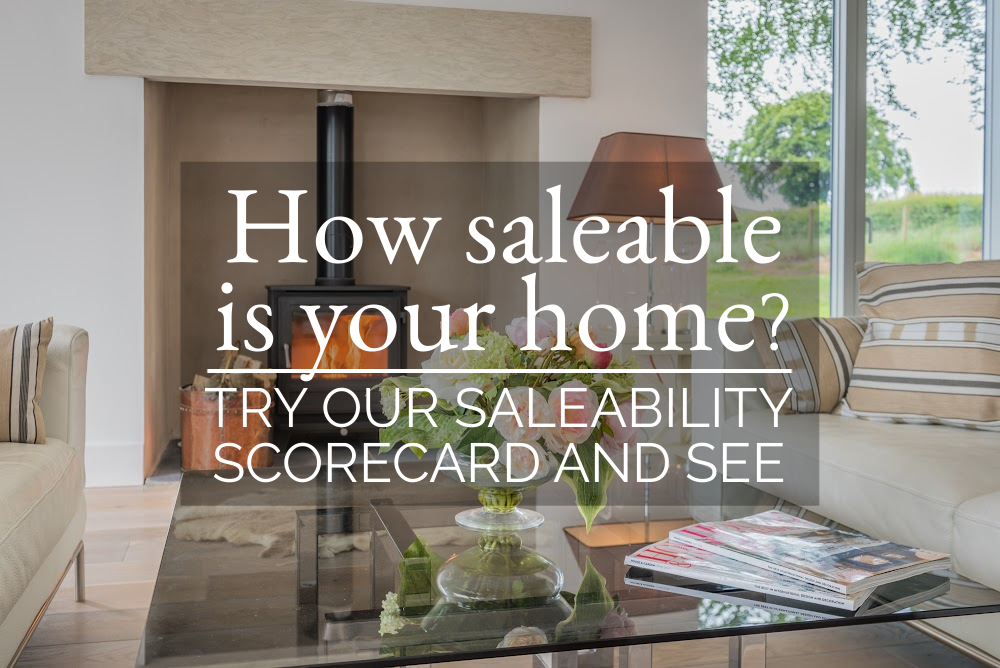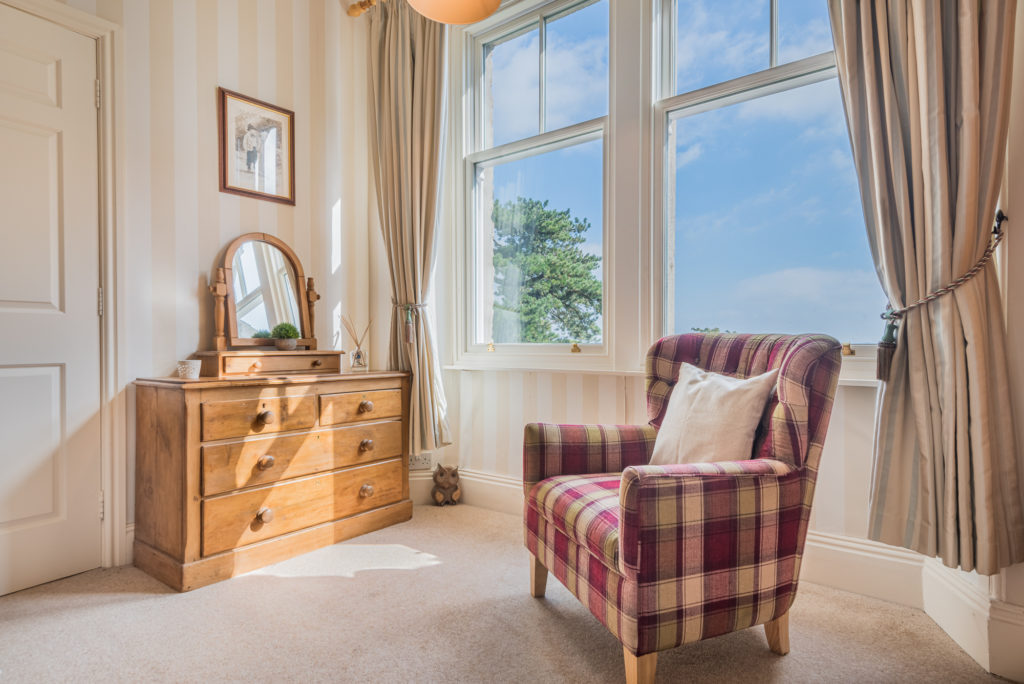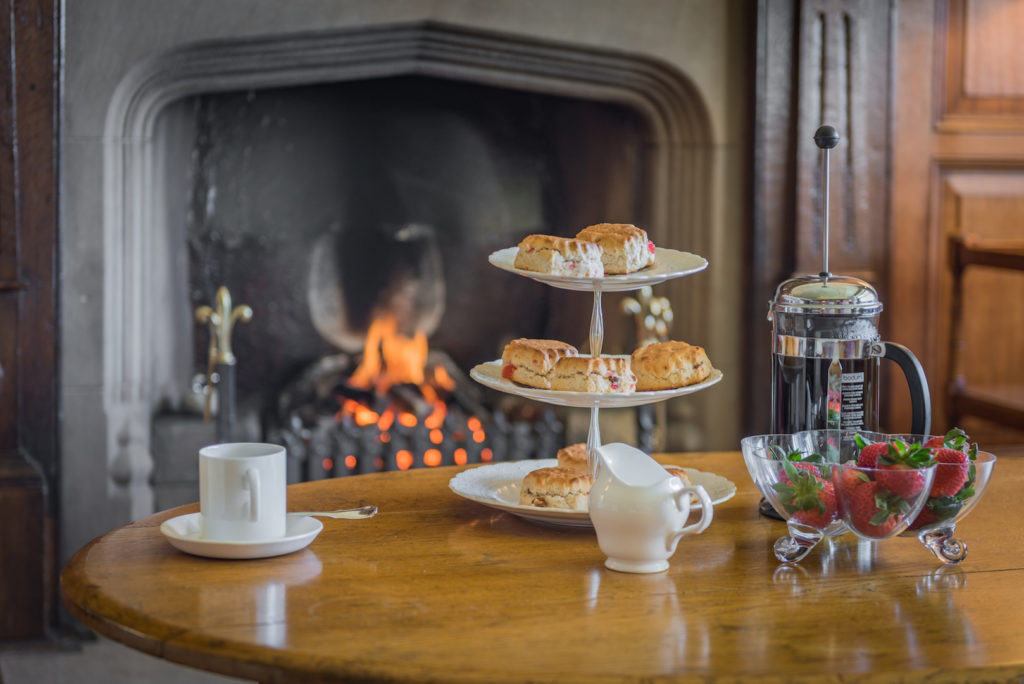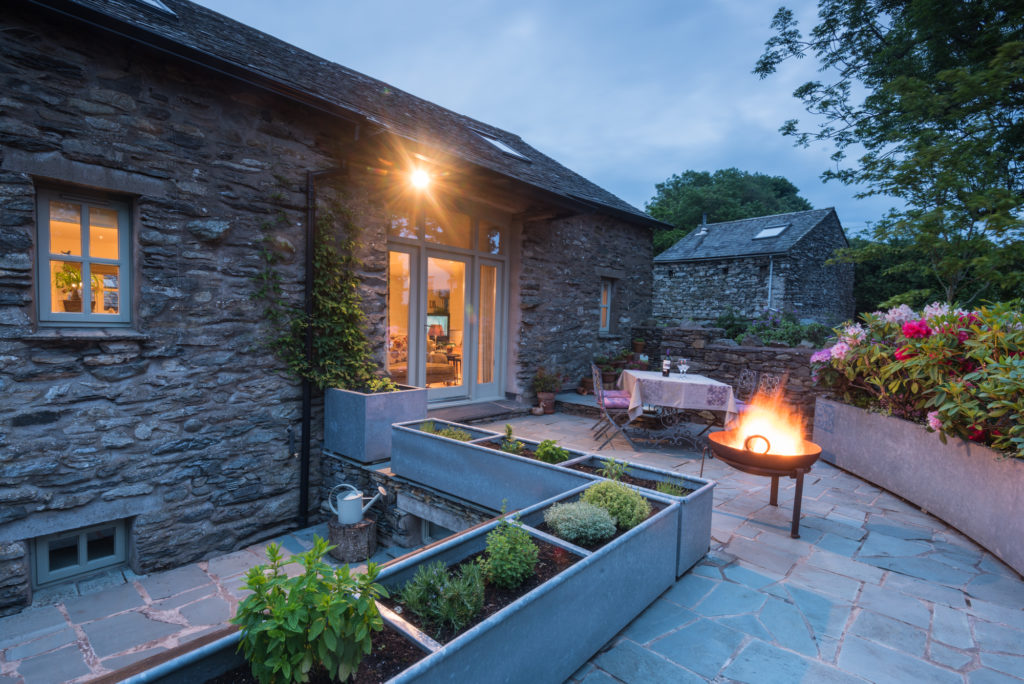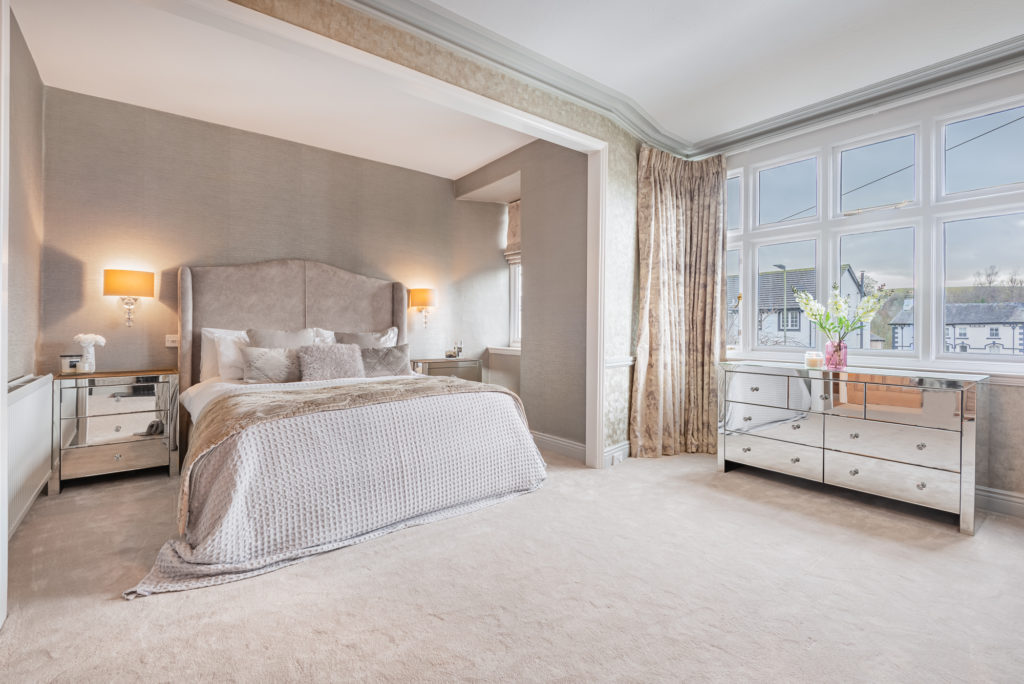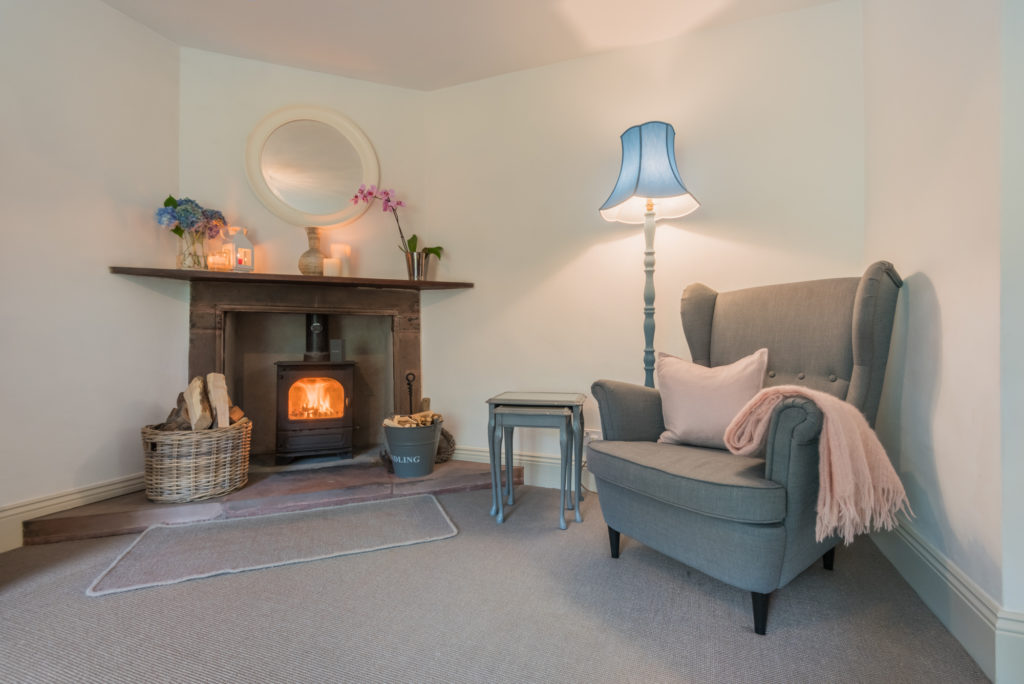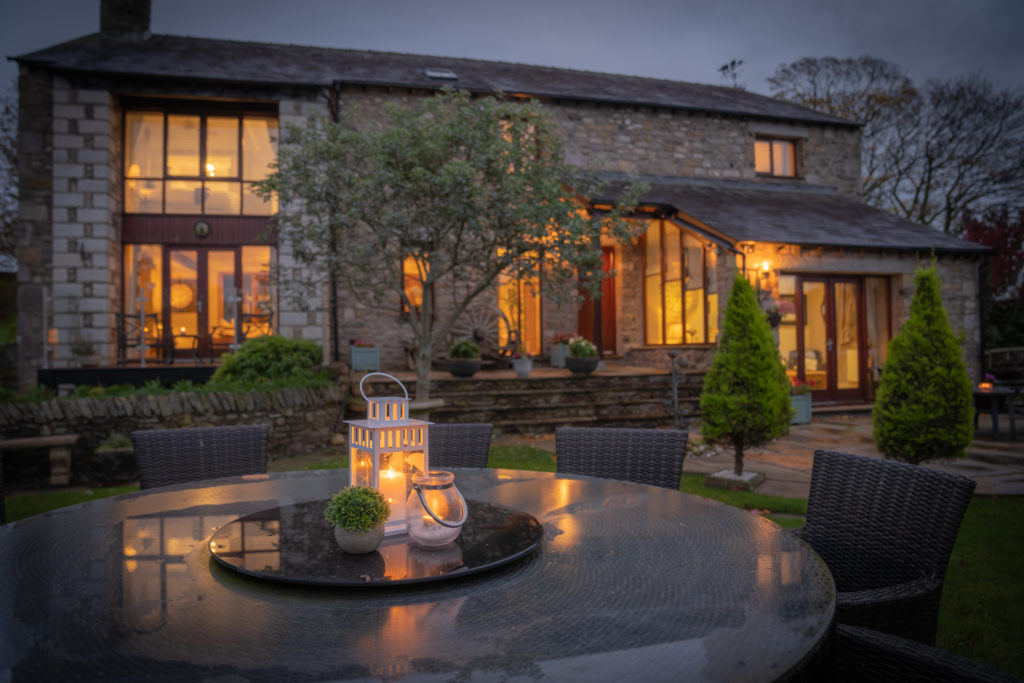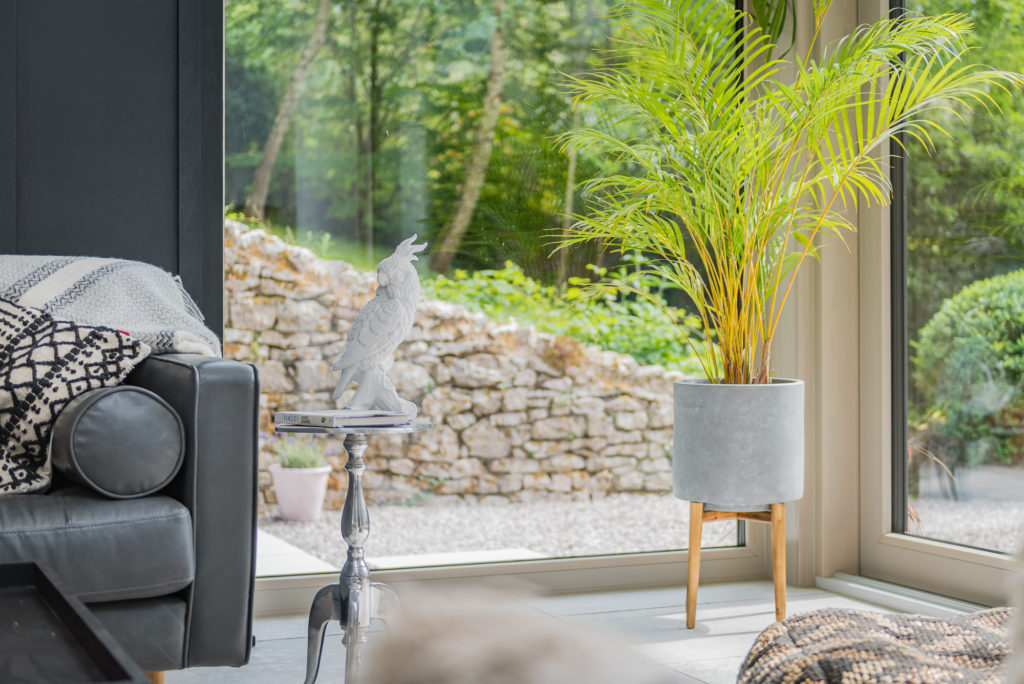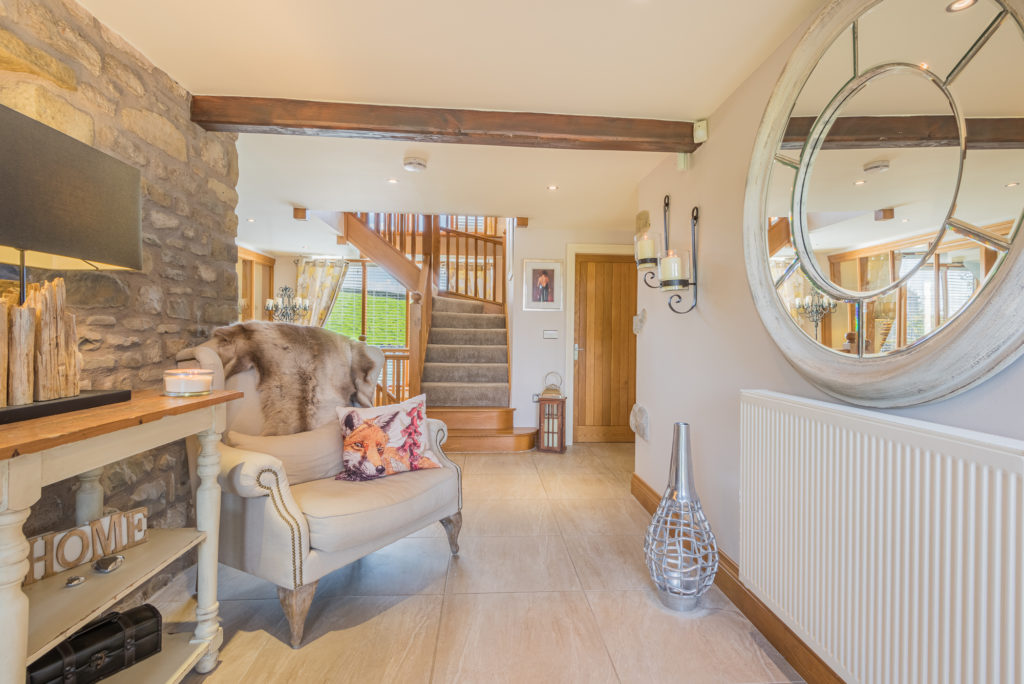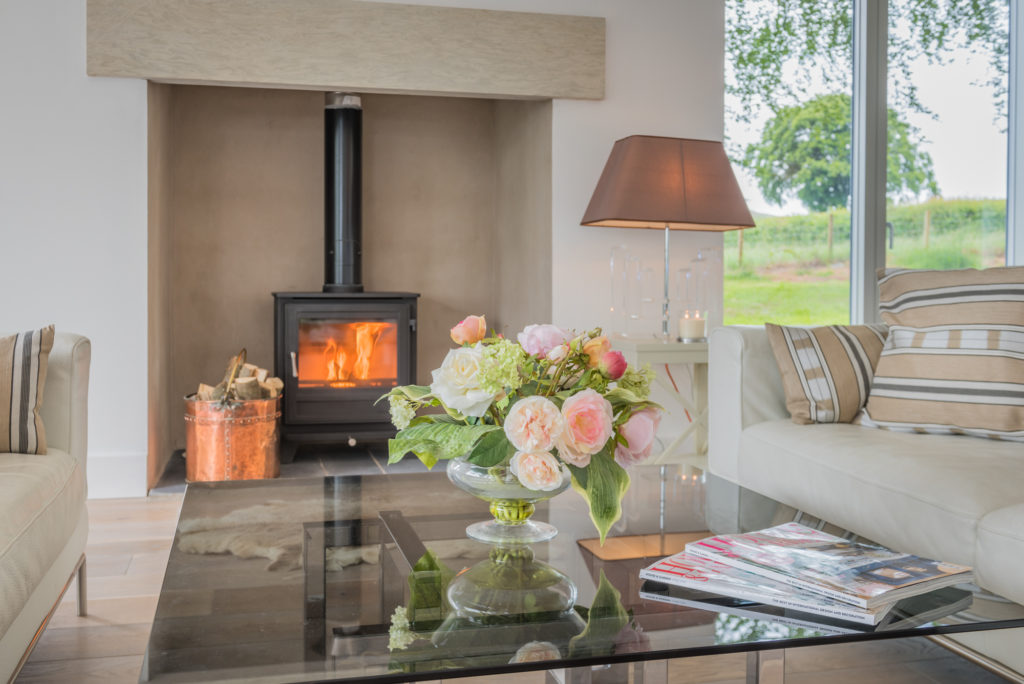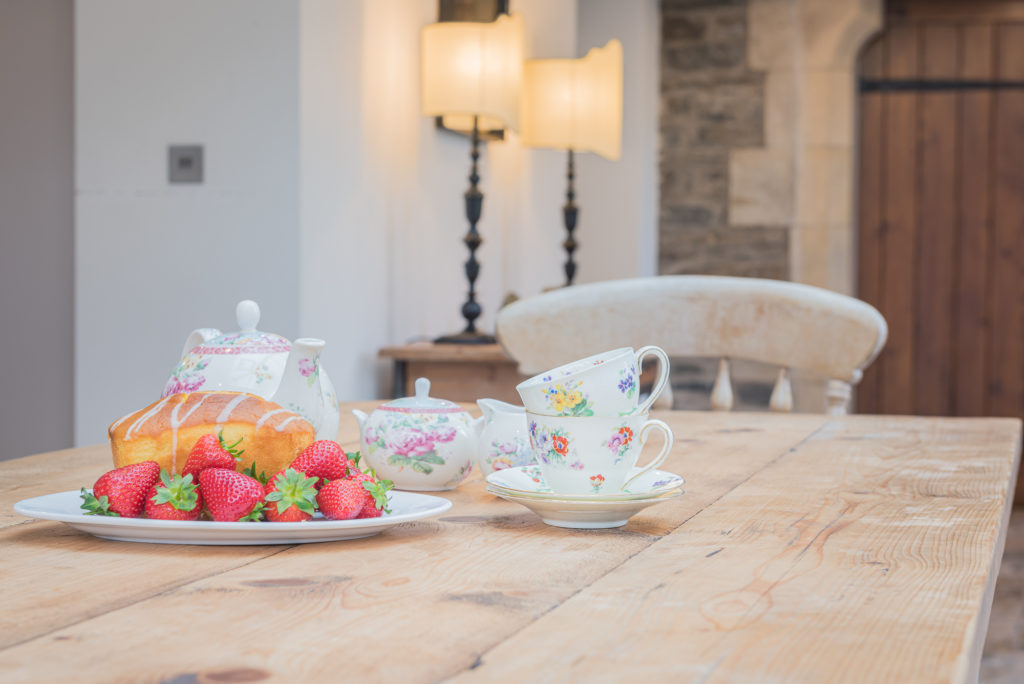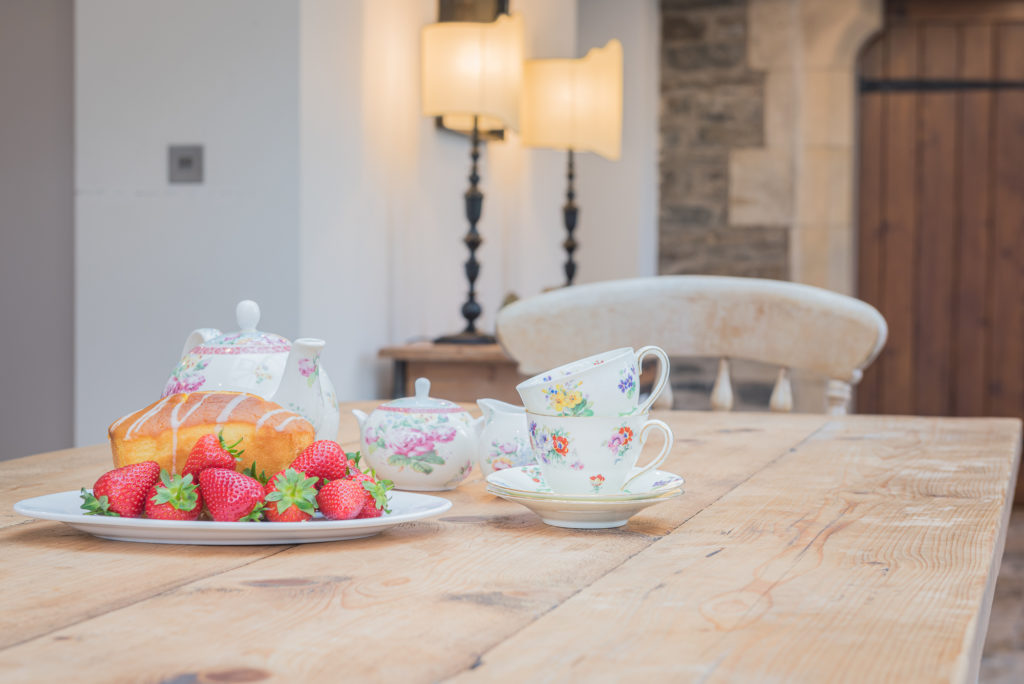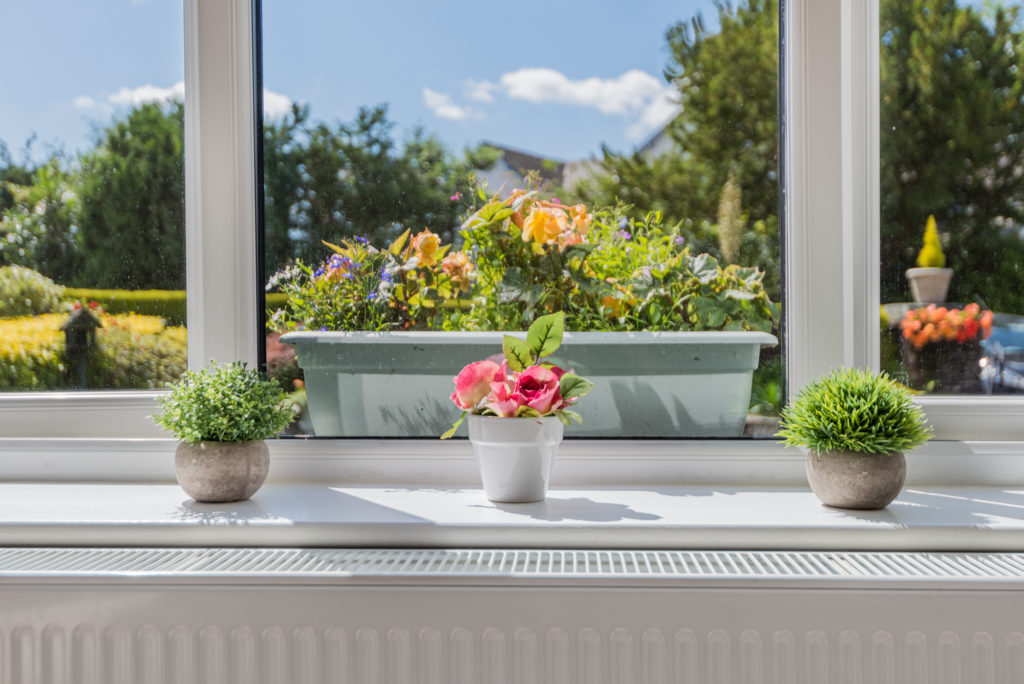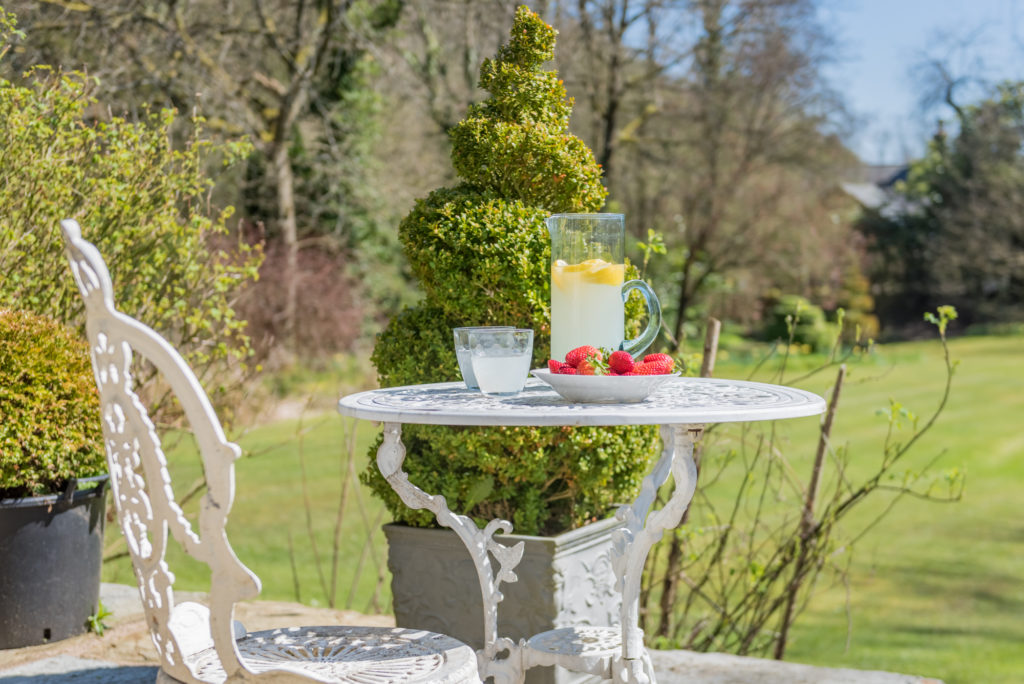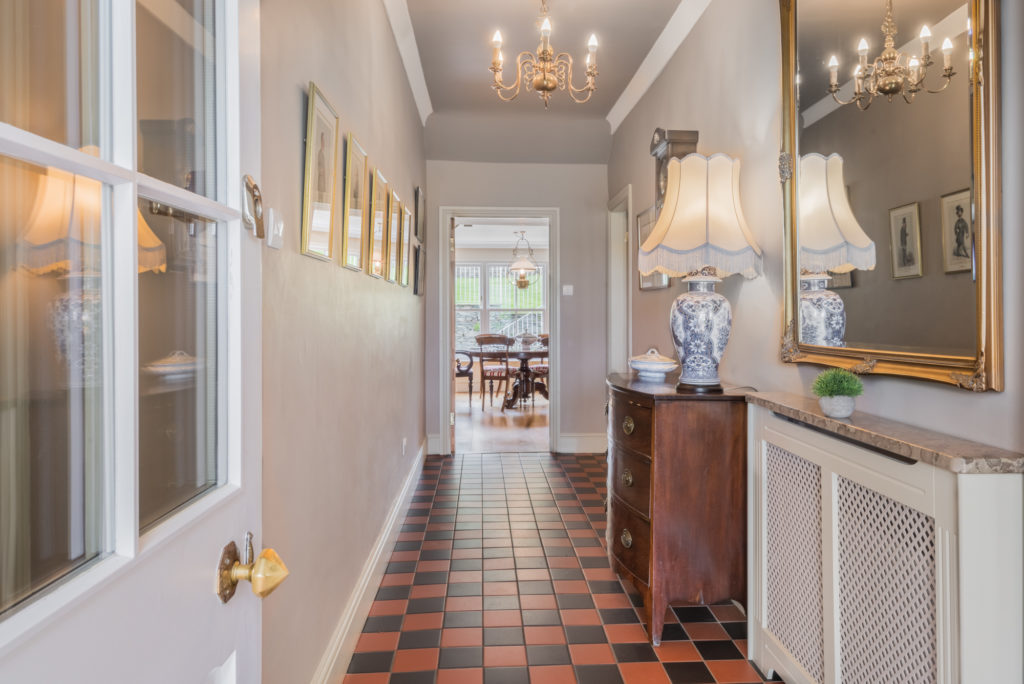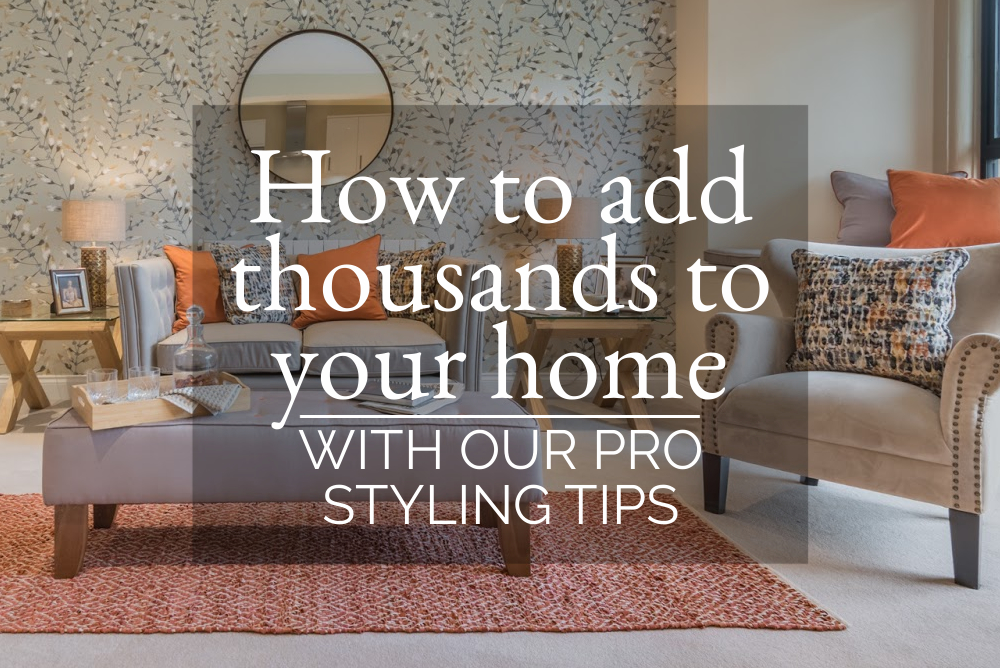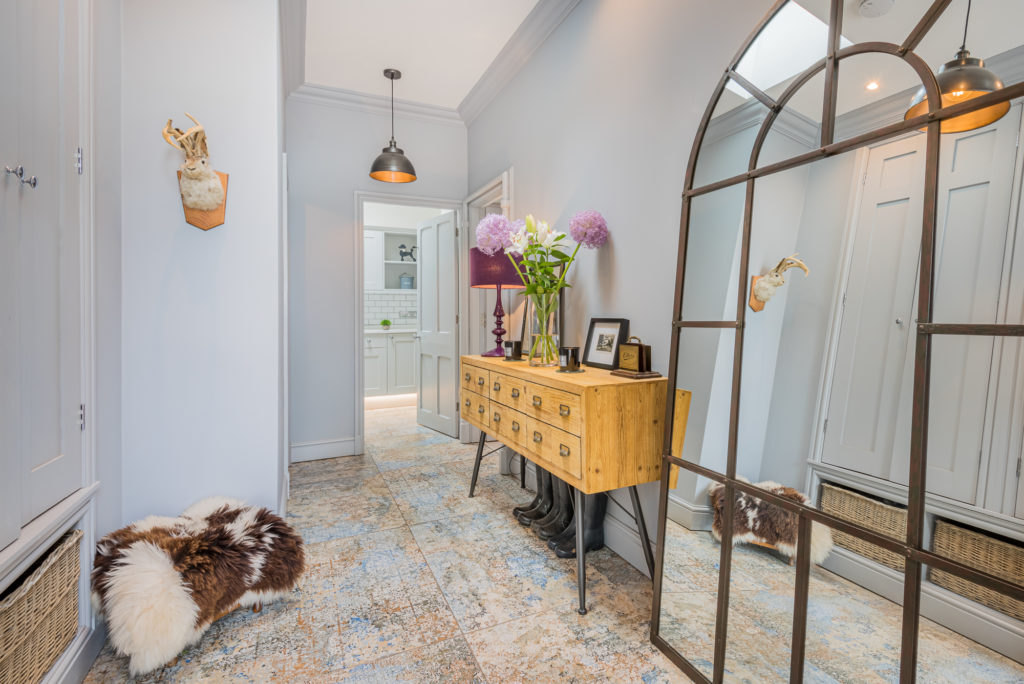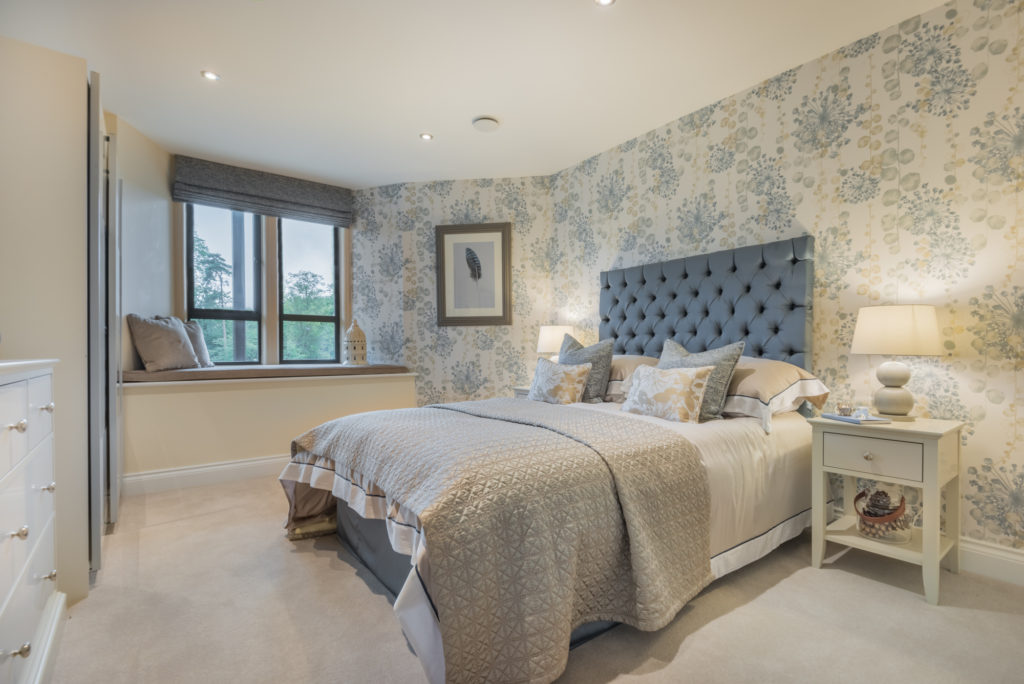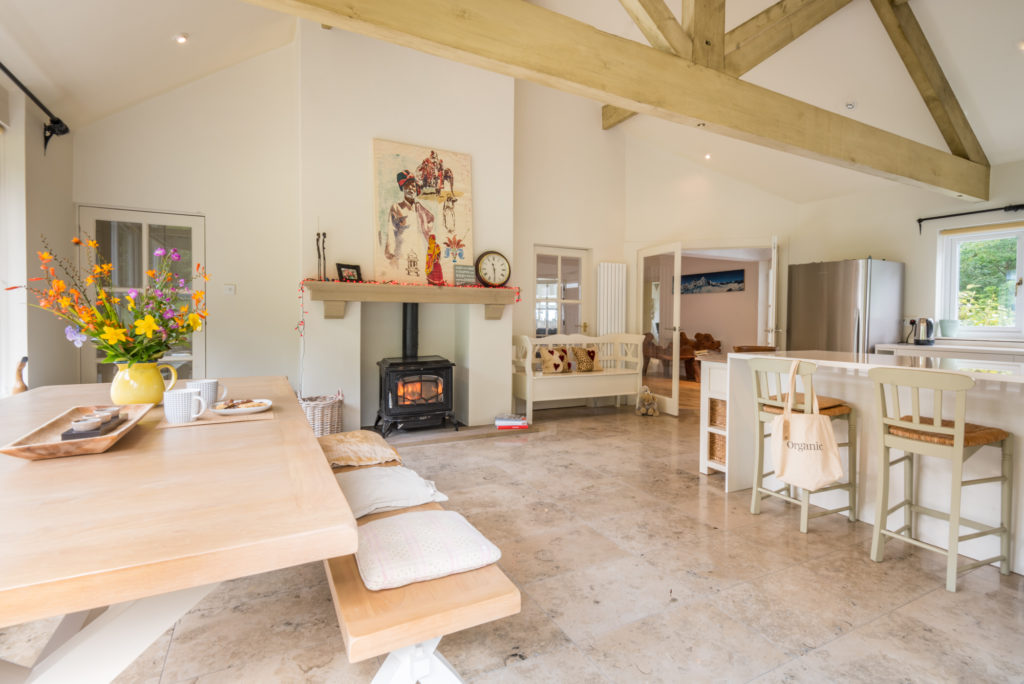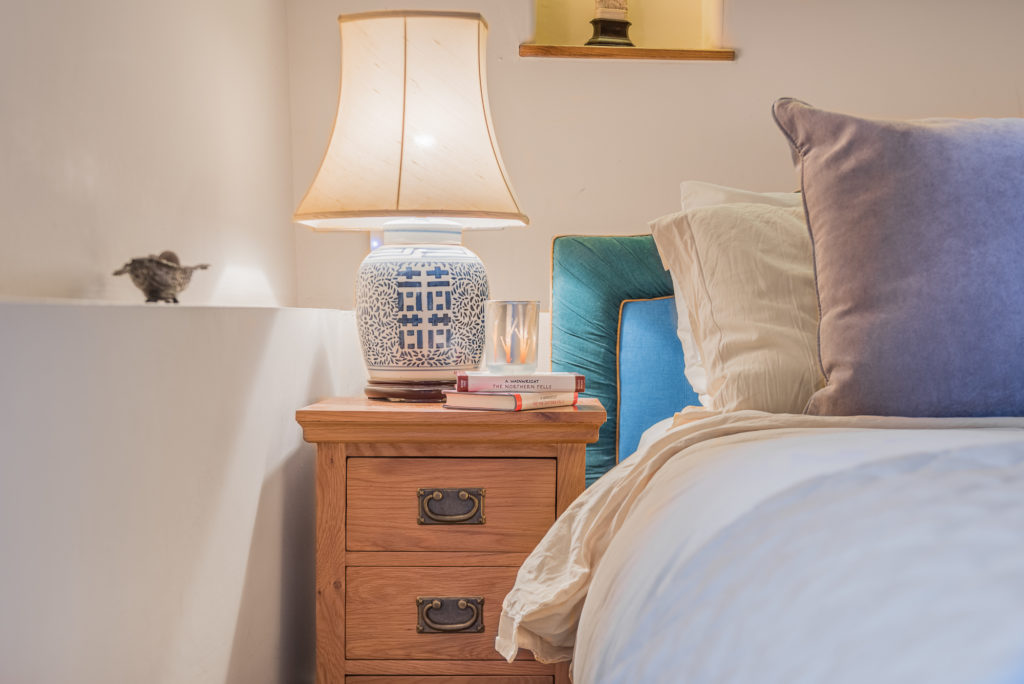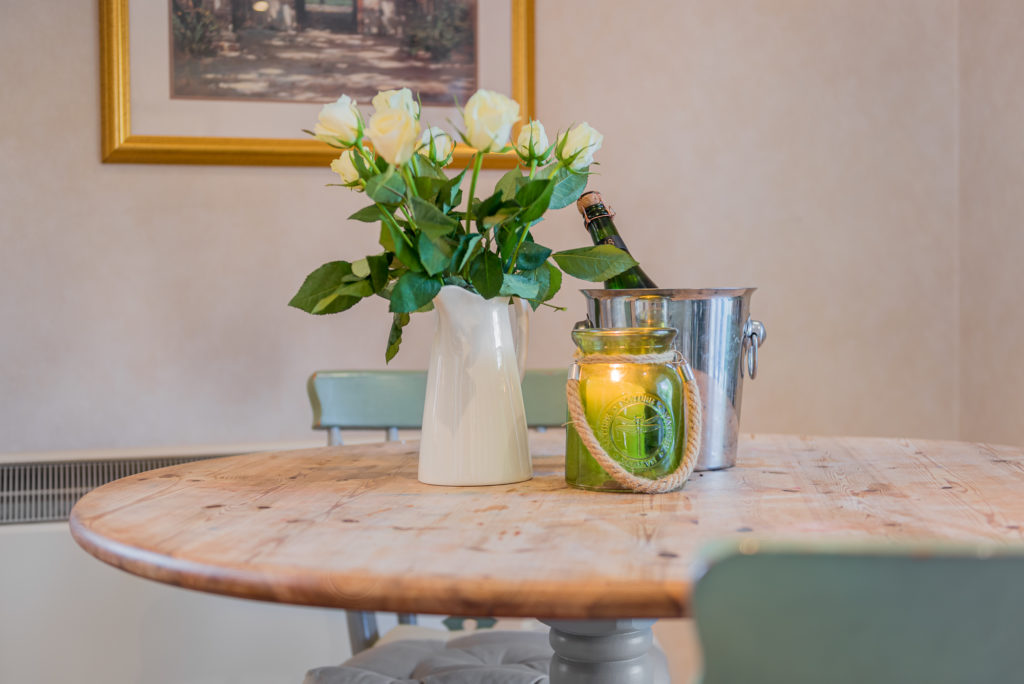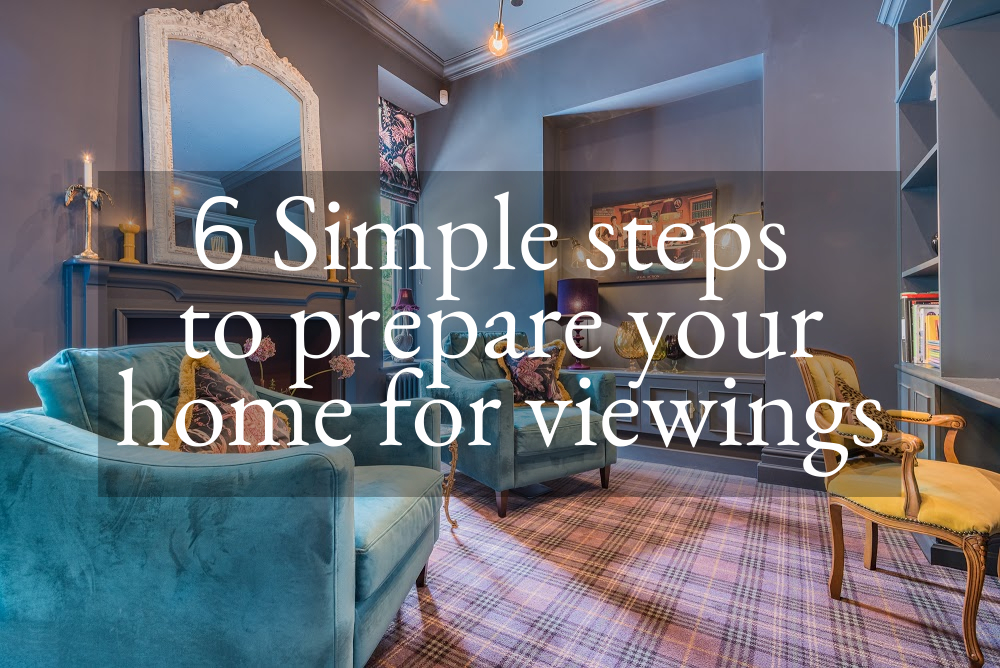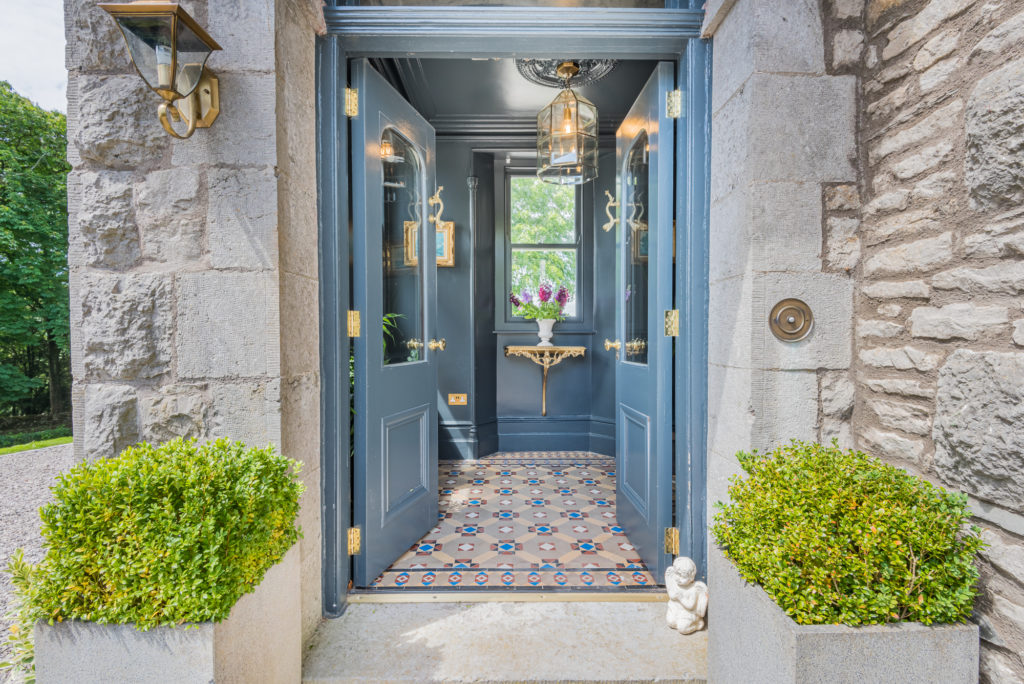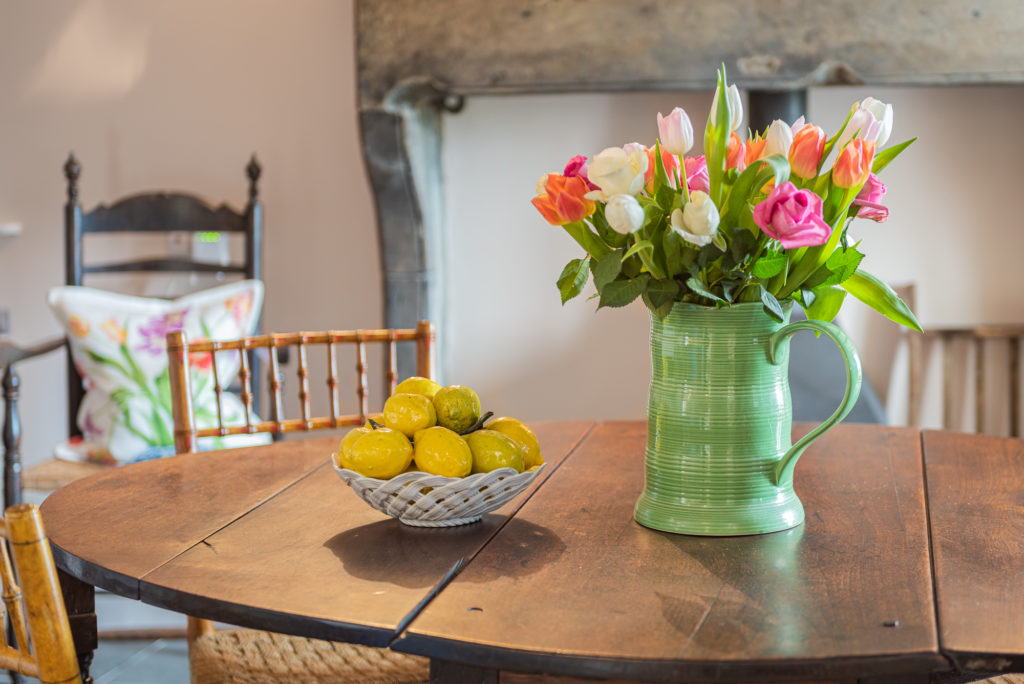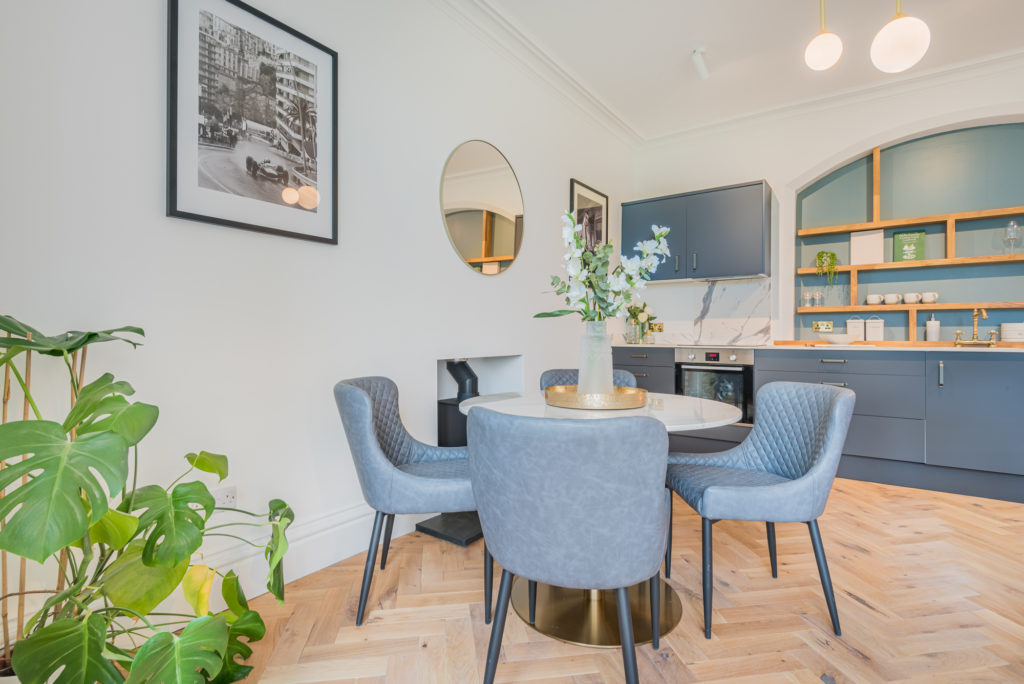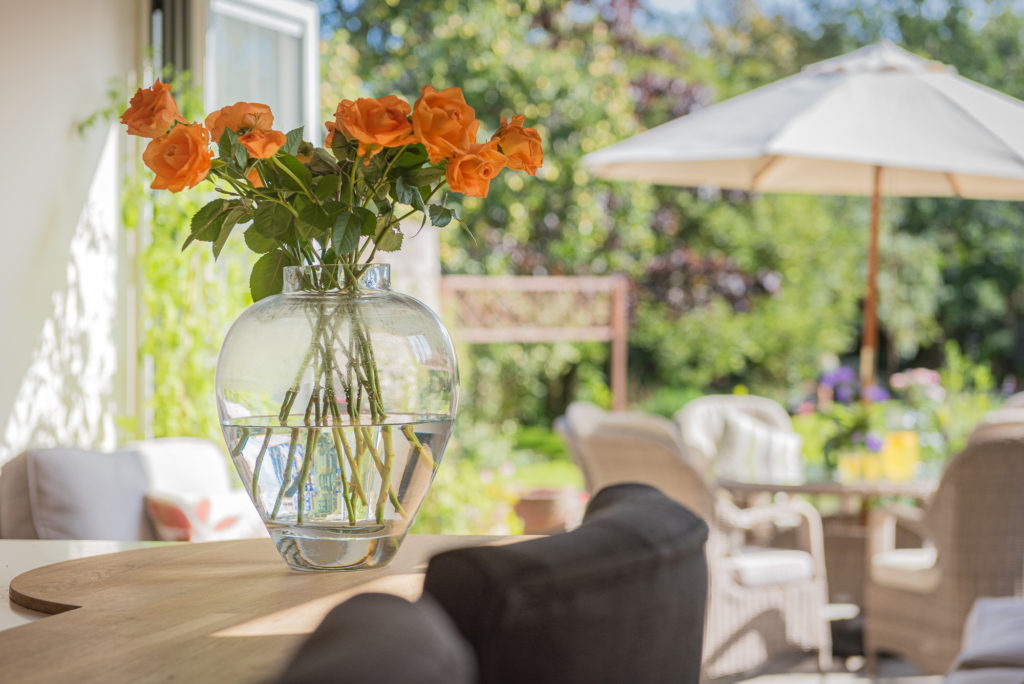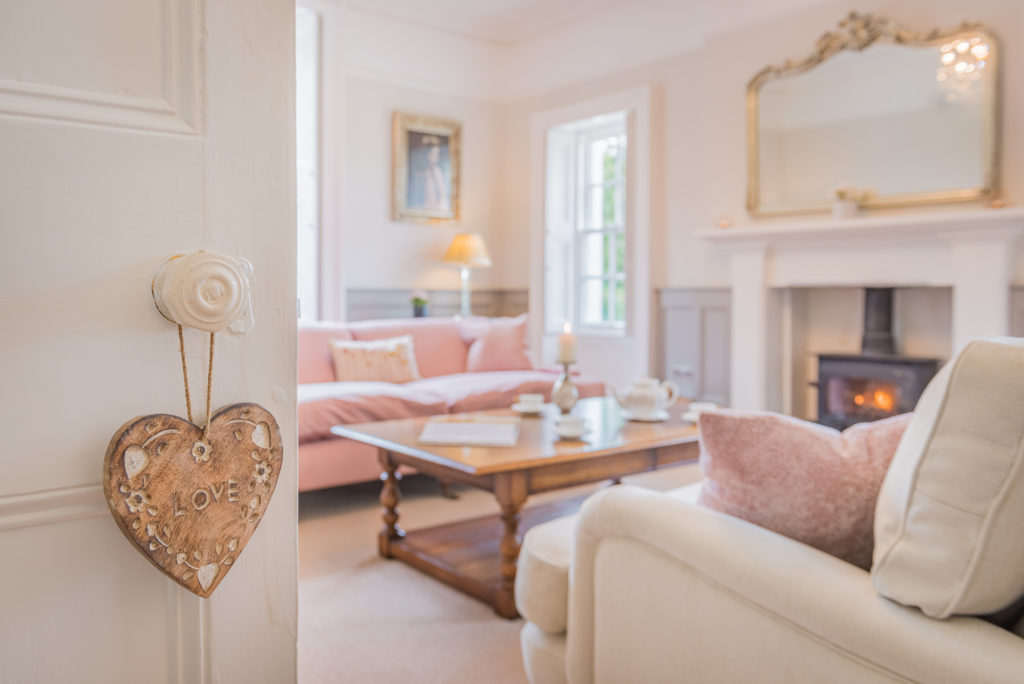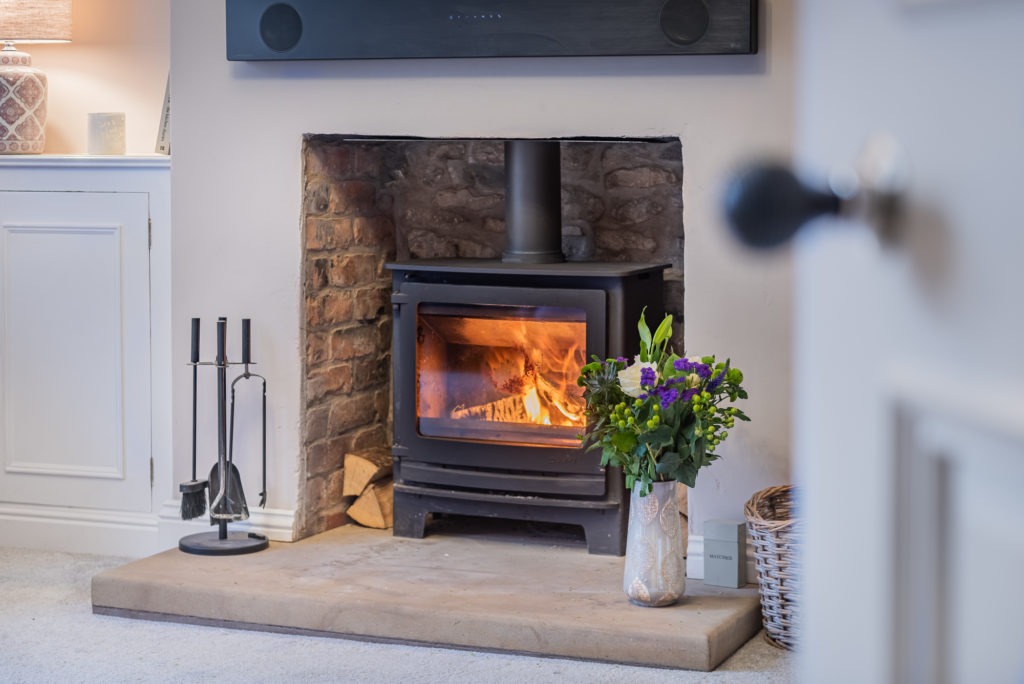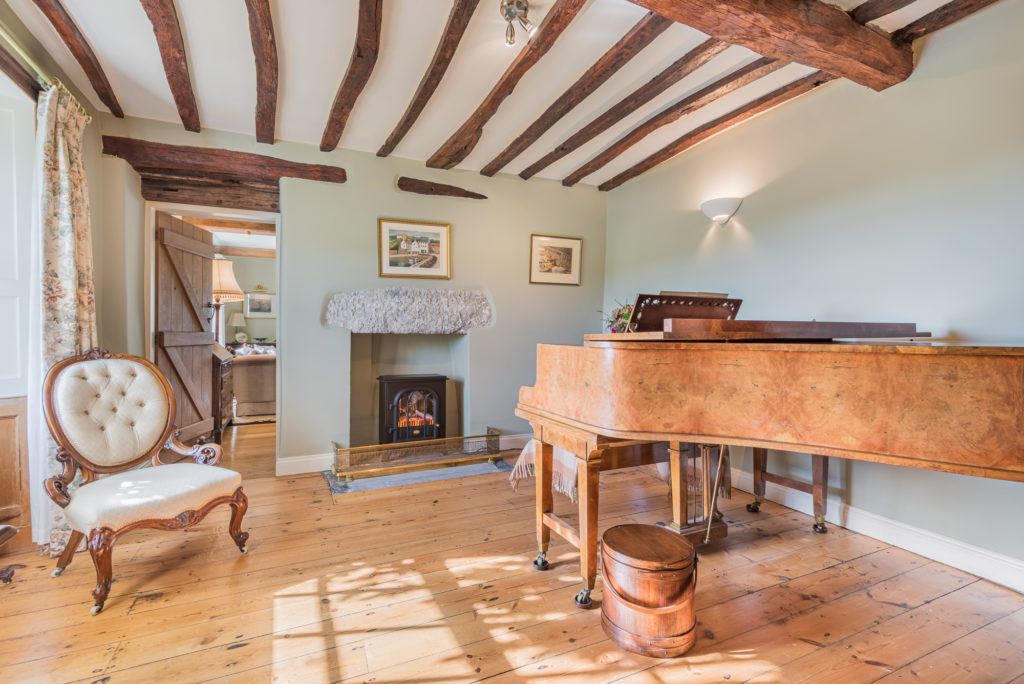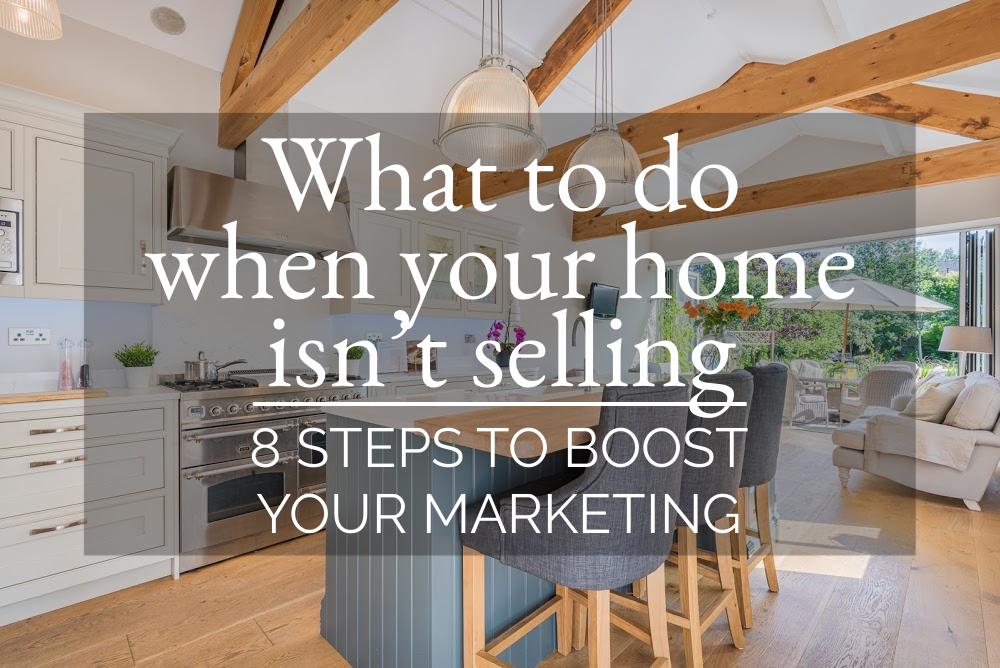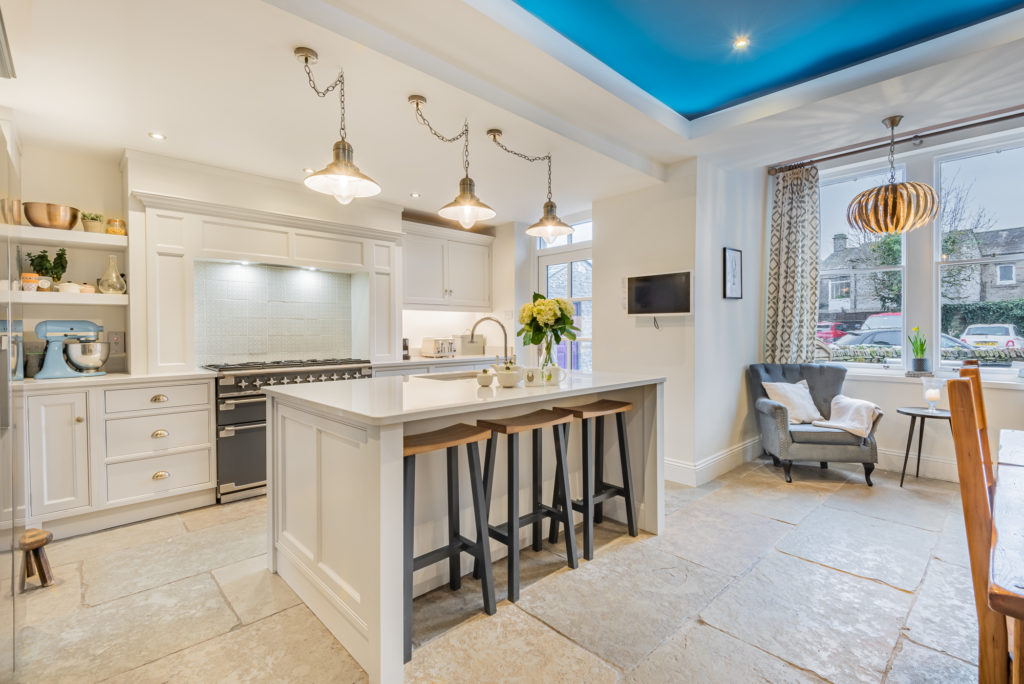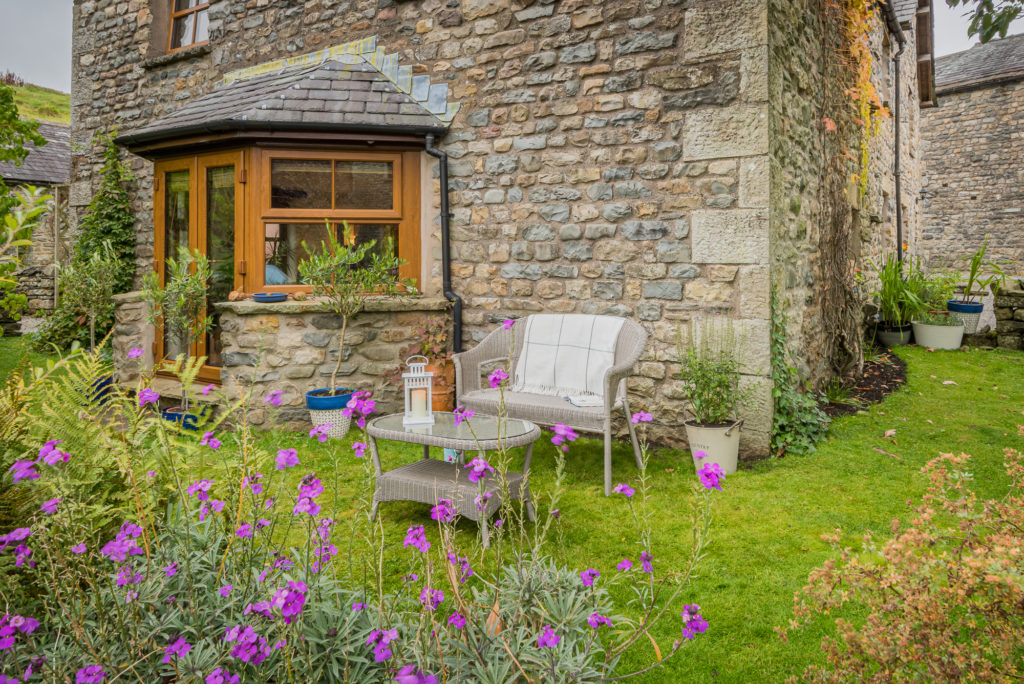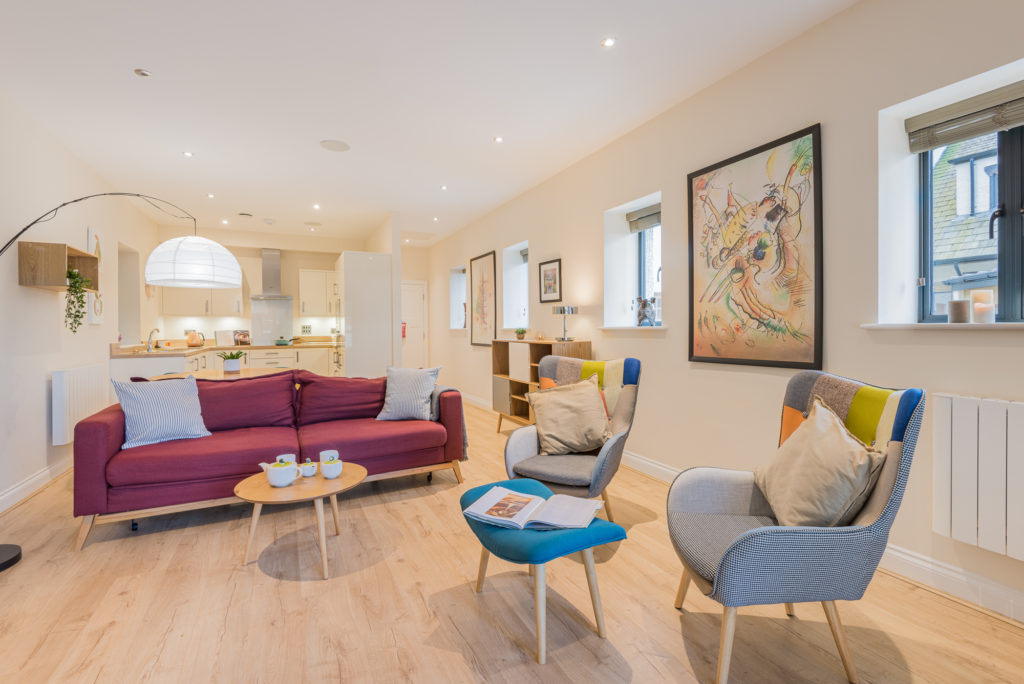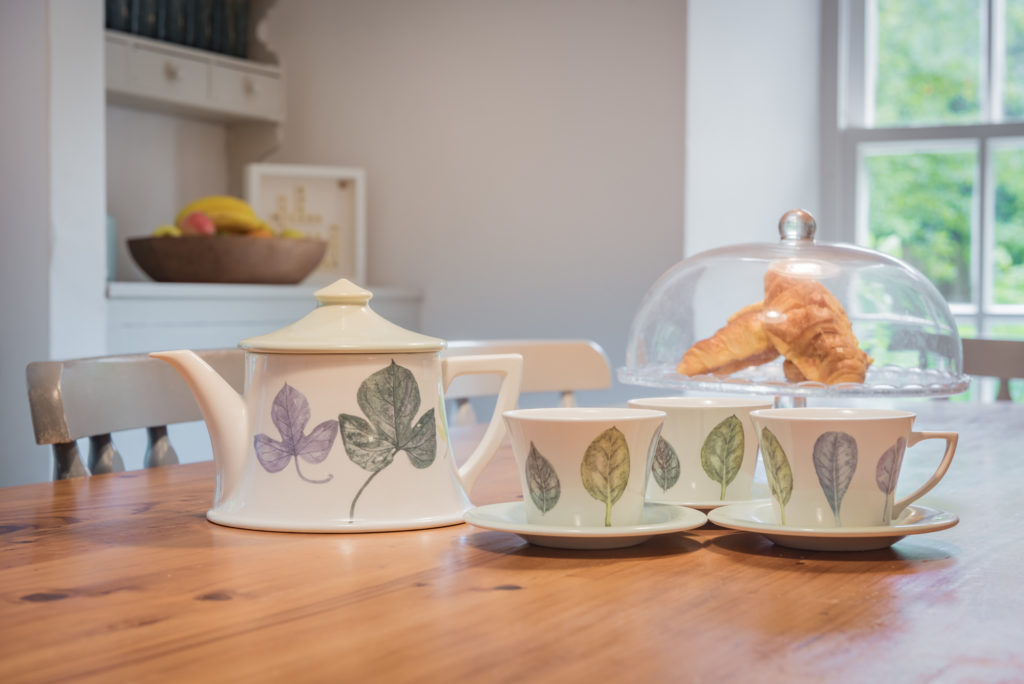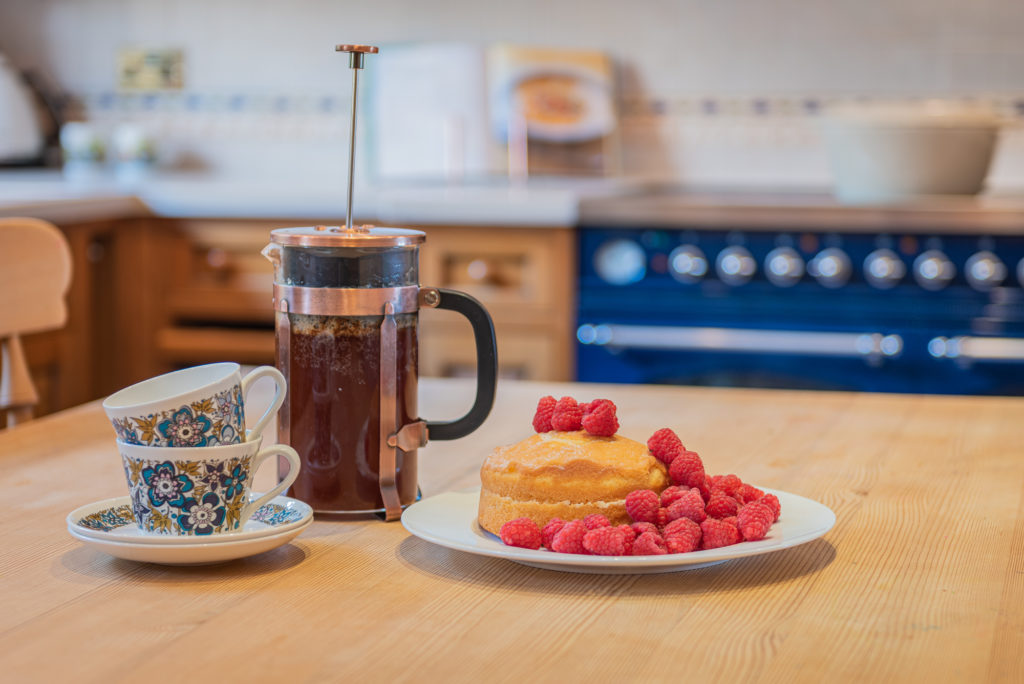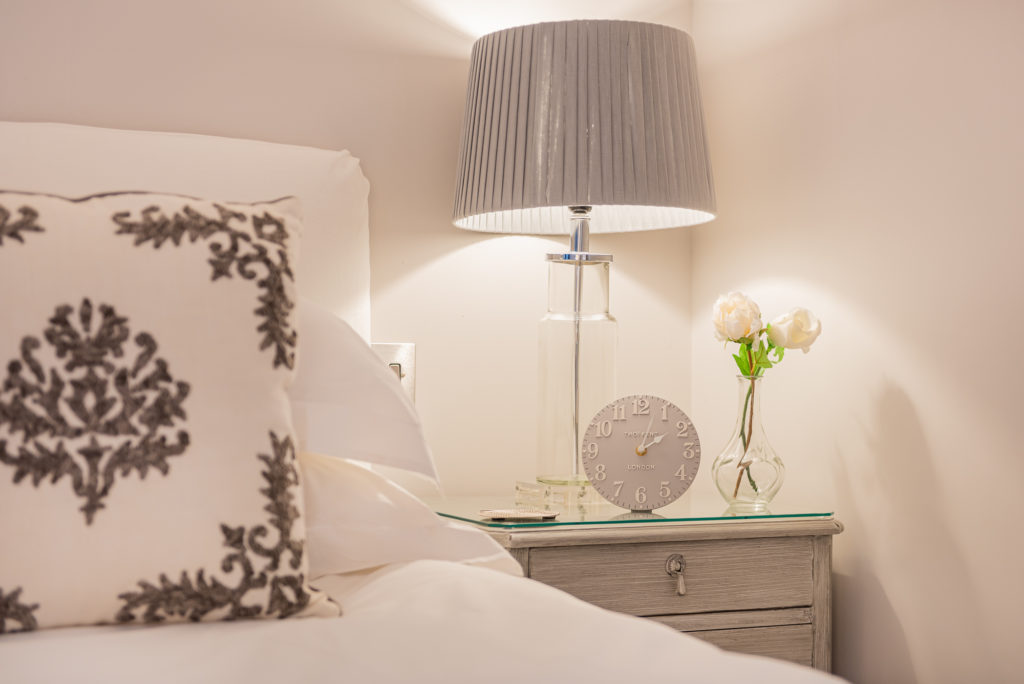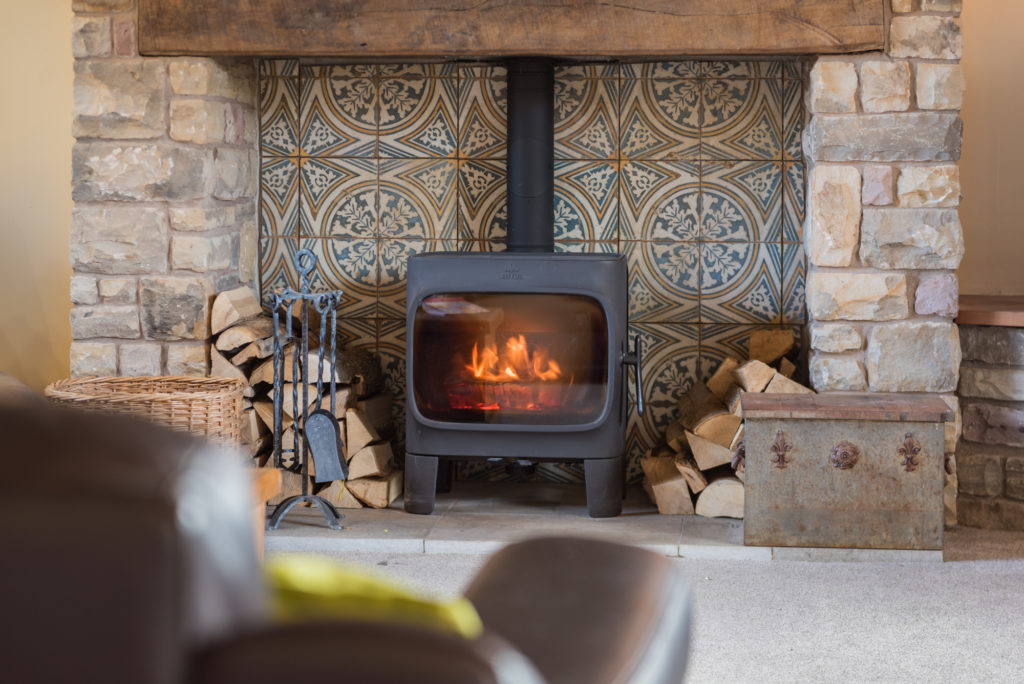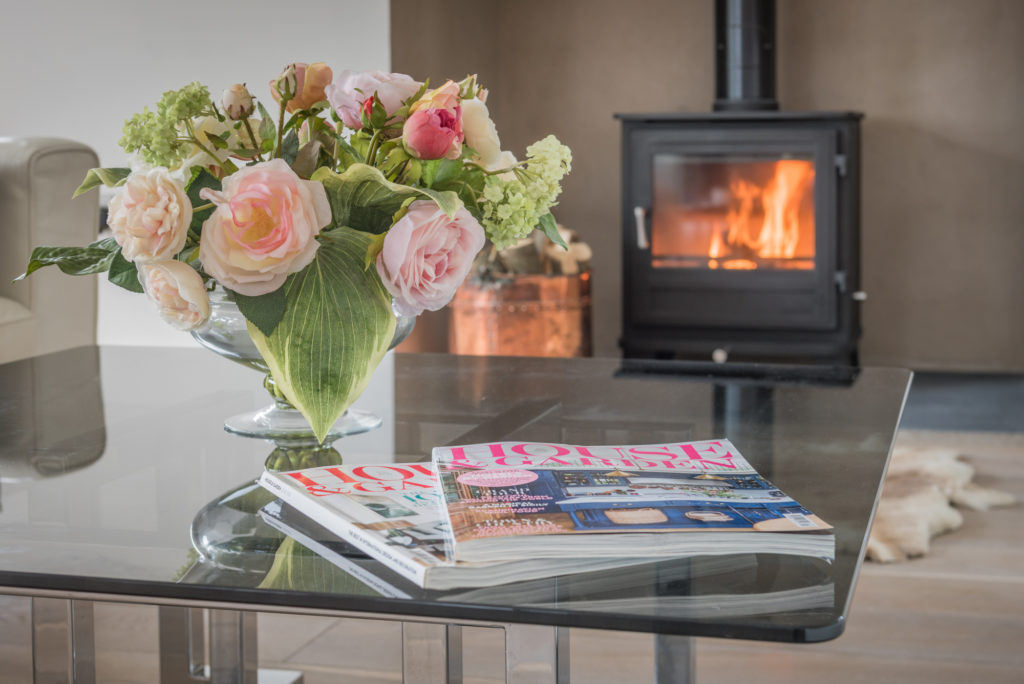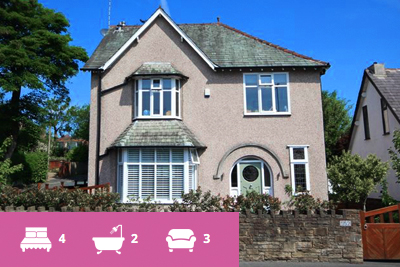Are you thinking about making a change to where you live? If you no longer need all the rooms in your home, you might have decided to downsize into something smaller. Or perhaps it’s the opposite – you need more space, in which case, it could be time to upsize into a new place. On the other hand, if you love your home and it’s in the perfect spot, maybe you’re toying with the idea of getting the extra room you need by extending.
A report from UK Finance found that people stay in their homes for an average of 20 years, and selling and buying does tend to take time, money and effort. So, before you set the wheels of change in motion, try to look ten years ahead and think about how your needs might change over that time.
Whether you’re looking for more or less space, the clearer you can be about what you want and need from your new home – and why – the easier it will be to narrow down your options and find something that’s going to suit you well for the foreseeable future.
So let’s explore some of the options out there and what you need to consider as you move up or down the property ladder. You might even discover a great solution you hadn’t thought of before!
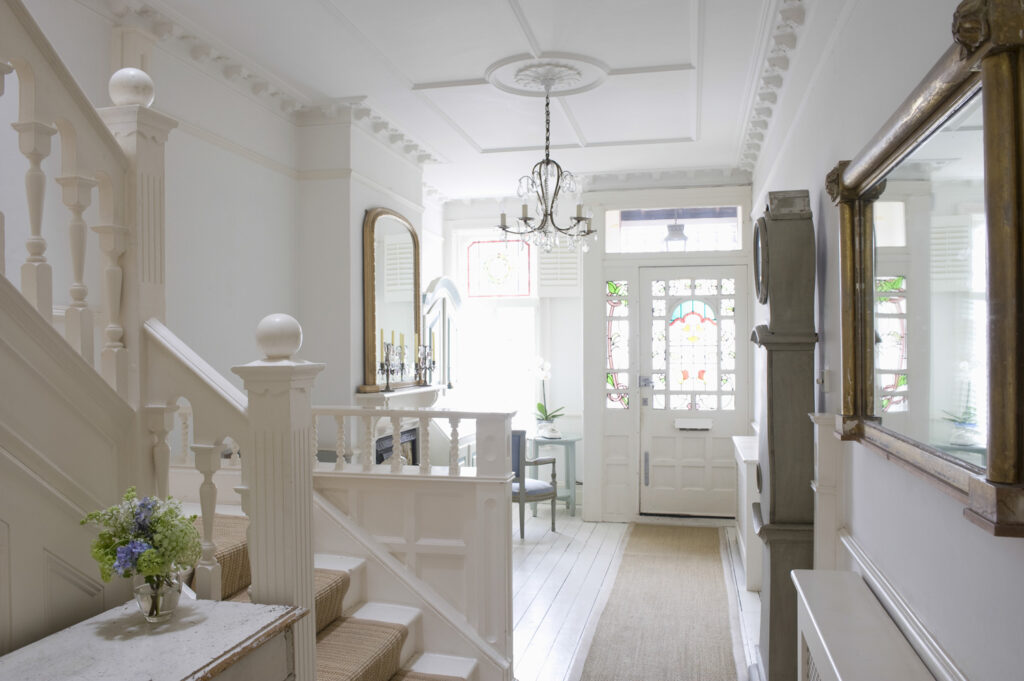
- Extending or converting your existing home
If almost everything is perfect about your current home, but you just need a bit more space – perhaps a room you can use as an office, a bigger dining kitchen or extra bedrooms – it might be worth seeing if you could extend or re-jig the accommodation.
Two key things to consider here are:
Would the cost of transforming your home be reflected in an increase in value? You might not have any intention to move in the foreseeable future, but at some point you may want or need to sell. So, once you’ve got a good idea of what changes you’d like to make, it’s well worth asking a local agent to give you their opinion on how much the work could add to the price of your home. We’re always happy to help with this – just give us a call on 01706 356633.
The best way to add value is to increase the amount of usable space in your home, perhaps by extending to add a reception room and bedroom above, or converting a garage or loft into living space. But bear in mind that your immediate local area will have a ‘ceiling’ for market values – that’s a price that a home is unlikely to sell above, simply because of the size and type of other homes around it.
For instance, if you live in a road of mainly three- and four-bedroom homes with one or two reception rooms, it might not be worth increasing your accommodation to five bedrooms, three reception rooms and a granny flat. If that’s the kind of space you need, moving to an area that has more homes of a similar size might be a better option. Again, come and speak to us to find out what’s likely to be the best investment from a resale perspective.
And remember that the best extensions feel as though they’ve always been there, so if you do go ahead with works, it’s advisable to choose an architect who has experience in designing for your particular age and style of home. While you may need to pay a bit more for the best solution, it’s well worth the investment to keep a good flow and feel to the home.
How disruptive are the building works going to be? If you’re converting the loft, it might not be too intrusive, but if you’re extending, then parts of your home might be unusable for weeks or even months. In that case, you may want to think about moving out while the improvements are being made. Bear in mind that if you have to pay for an alternative temporary home, that’s going to add to the overall cost of the project.
Something else to consider is whether you could gain the extra space you need by building separate accommodation in the garden – assuming it’s big enough. If what you’re after is an office or guest annexe, there are some excellent self-contained units on the market that you could have up and running in under a month. Going down this route could be easier, cheaper and quicker than carrying out works on your home.
With any building project, it’s important to check with the local council whether planning permission is required and what building regulations you’ll need to comply with. And bear in mind that it could take up to eight weeks for the council to consider even straightforward planning applications, so factor this into your timescale.
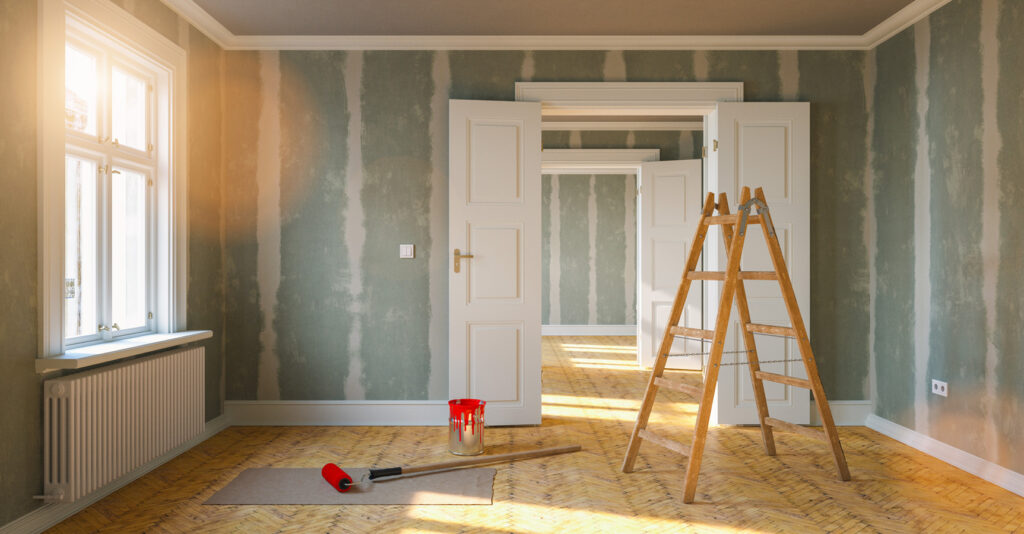
- Moving up the property ladder
If you need a bigger home and you’re ready for a change, or it’s not possible to extend where you live at the moment, then you’ve got a pretty open book of options. There could be plenty of homes for sale that are the right size, but how do you make sure you pick the one that’s really right for you?
Well, when you’re moving for a specific reason, it’s important to be led by your head and not your heart. It’s all-too easy to fall in love with a beautiful kitchen, a fabulous view or the perfect family room, but if you let your emotions chip away at the square footage you know you need, you could end up running out of space again in just a few years.
This is where an estate agent can really help. It’s worth spending some time speaking to them before you start viewing potential new homes, to explain exactly why you’re moving and the number of bedrooms, reception rooms and other spaces you need. Then they can make sure all the homes you view at least meet your minimum requirements, and you can be confident that anything you’re tempted by already ticks the size box. Give us a call and we can take you through what we’ve currently got on the market in your range – maybe one of them will be the perfect fit for you!
And if you’re prepared to do some work to turn your next purchase into your dream home, again, be clear with the agents you speak to about how much of a project you’d be happy to take on, and they should be able to show you a variety of homes with potential.
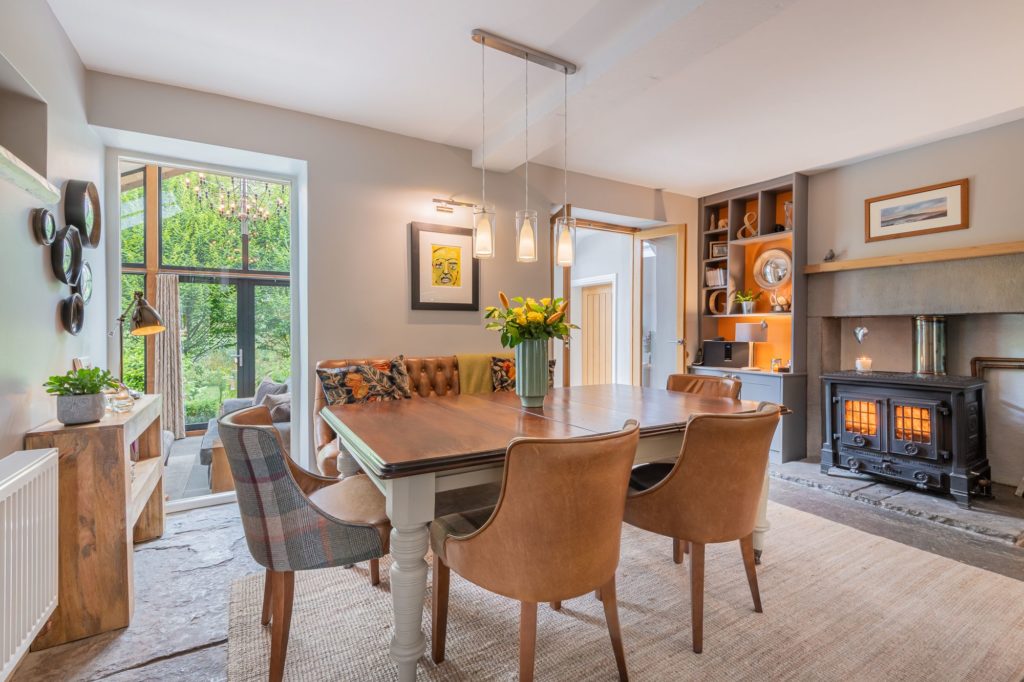
- Downsizing to a smaller home
At the other end of the moving spectrum is downsizing. Maybe you’ve spent years having friends to stay, entertaining and making full use of all the rooms in your home, but now that whirl of activity has come to an end, and you just don’t need all the space you currently have. You might be moving to a much more expensive area for work or lifestyle reasons, and your money simply won’t stretch as far, or it could just be that you’ve decided you’d prefer a smaller home.
If you are looking to downsize, you might also want something you won’t have to spend much time and money maintaining. So, even if you’ve enjoyed living in period homes until now, it may be time to consider something modern that has guarantees and warranties and will be low-maintenance and energy efficient.
It’s also important to think about whether you want this downsizing step to be your last move. If so, it’s worth planning ahead and making a wishlist of everything you think you’re going to want in your new home. Although compromises sometimes have to be made when you move, if this is your ‘forever’ home, it should be as perfect as possible – even if it takes a little longer to find.
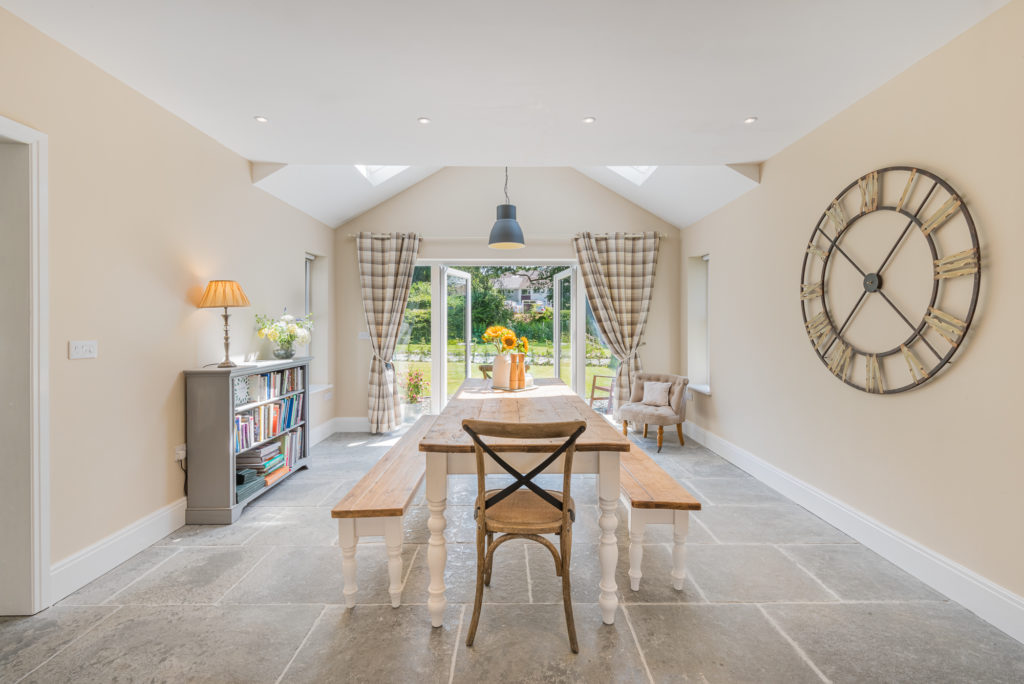
Whatever your reason for downsizing, it can be the trickiest move to make. Even though it might feel like the natural ‘next step’, the reality is that you’re not going to be able to take all your furniture and possessions with you. So, as well as cutting back on living space, you have to work out which things you really want to keep and what won’t be making the move with you. There are plenty of house clearance companies and auctioneers who will be happy to value the items you’ve decided to part with; then you can choose what to include in the sale and what you’d like to sell separately. And make sure your agent has a full list of fixtures and fittings with prices, so they can negotiate with buyers and hopefully help clear one job off your moving list!
Whether you’re upsizing, adapting your current home or downsizing, we’re always very happy to chat through your options and lend our expertise to help you make the right move. Just give us a call on 01706 356633 or email us on enquiries@reside.agency and we’ll get right back to you.

